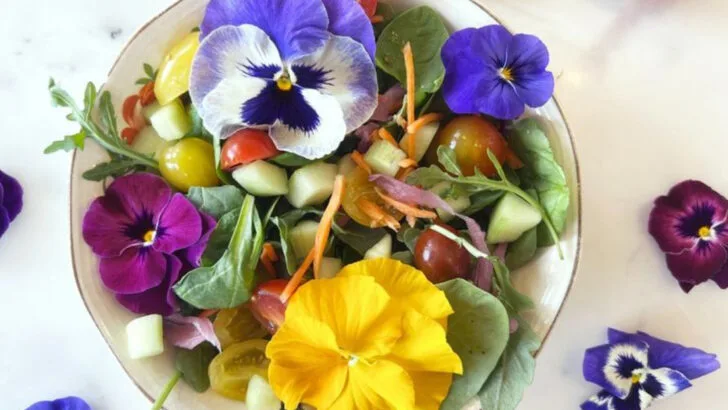Not all food has to live in a vegetable patch. Some of the most gorgeous plants you can grow are also completely edible—and you’d never guess they belong on your plate. From trailing vines with jewel-toned fruit to flowers that look like they belong in a wedding bouquet, these edible stunners pull double duty as garden eye candy and fresh ingredients.
In this list, you’ll meet 15 edible plants that look way too pretty to eat—but we promise, they’re as delicious as they are decorative. Whether you’re planting on a windowsill, balcony, or backyard bed, these beauties bring color, texture, and serious wow-factor to any space.
If you’ve been thinking your garden could use a little extra glam—and your meals a little extra freshness—these plants are the perfect pick. Warning: you may want to take a hundred photos before you take a bite.
Nasturtiums
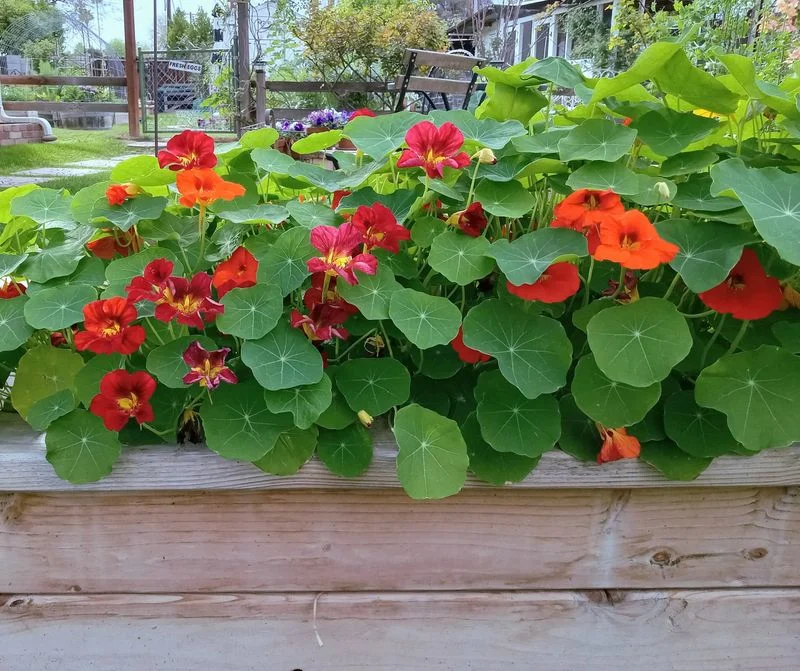
Nasturtiums are the pop stars of the edible flower world. With their vibrant hues of red, orange, and yellow, they’re the life of the party in any garden. These cheerful blossoms bring a peppery kick to your salads and can be used to garnish dishes for a touch of color.
Besides their culinary uses, nasturtiums are known for attracting beneficial insects, making them a gardener’s best friend. Their leaves are also edible, adding a slightly spicy flavor to your meals. Truly, they offer a feast for both the eyes and the taste buds.
Violas
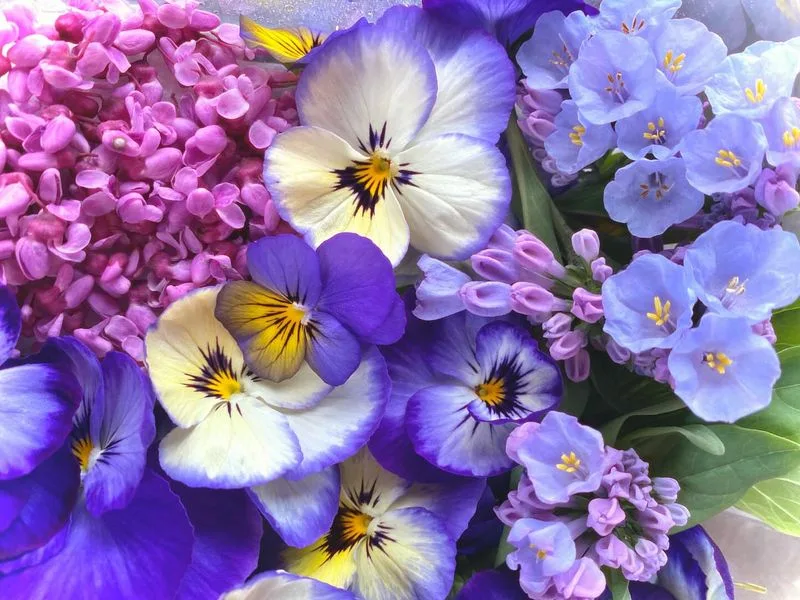
Violas wear their charm like a well-tailored suit. These petite, colorful flowers come in an array of striking combinations, often brightening up garden beds with their elegant simplicity. What many don’t realize is their subtle sweetness makes them a perfect addition to desserts.
The flowers can be candied or used fresh as a garnish, adding a cheerful note to your culinary creations. Whether in a pot on your porch or a vase on your table, violas are a delightful way to add vibrancy to your surroundings.
Chive Blossoms
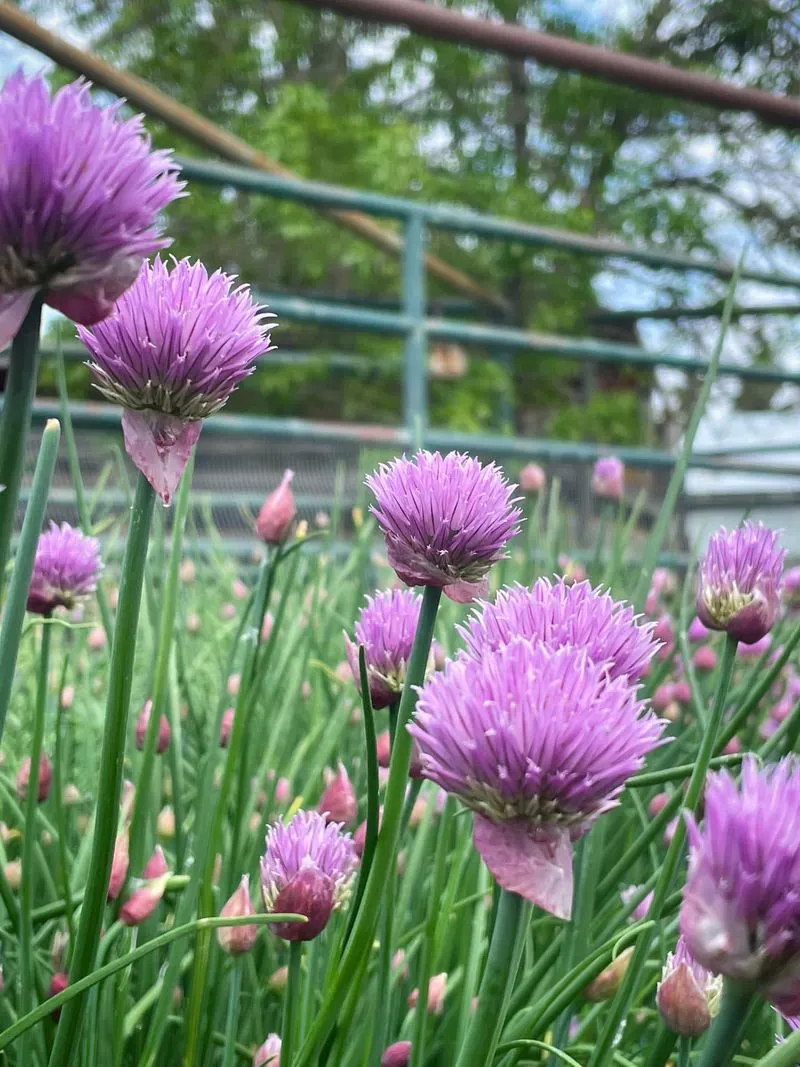
Chive blossoms, with their whimsical, pom-pom-like appearance, are a playful touch in any herb garden. Their light purple hue catches the eye, and their mild onion flavor adds depth to dishes such as salads and soups.
These blossoms are not just pretty faces; they’re full of culinary potential. Sprinkle them over a fresh salad or infuse them into vinegars. Chive blossoms invite you to explore their flavors and enjoy their beauty, making them a must-have in any edible landscape.
Borage
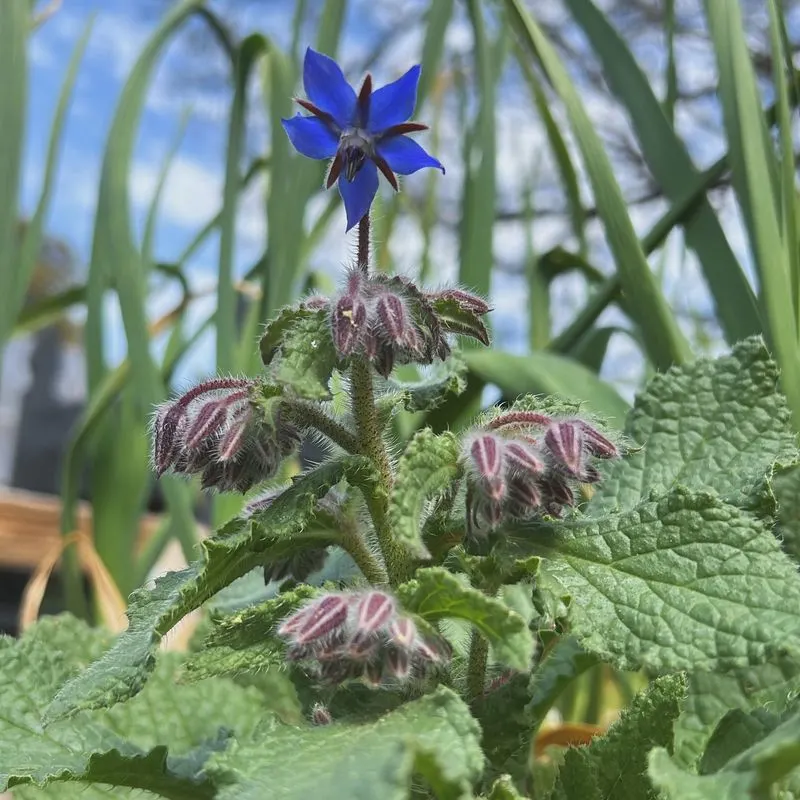
Borage, often regarded as a star in the garden thanks to its striking blue flowers, offers more than just good looks. These star-shaped blossoms boast a cucumber-like flavor that adds a refreshing twist to beverages and salads.
The plant’s leaves, covered in fine hairs, lend themselves well to being cooked and used as an herb. With its ornamental and culinary uses, borage has been celebrated in gardens for centuries, making it a timeless choice for those seeking beauty and flavor.
Pansies
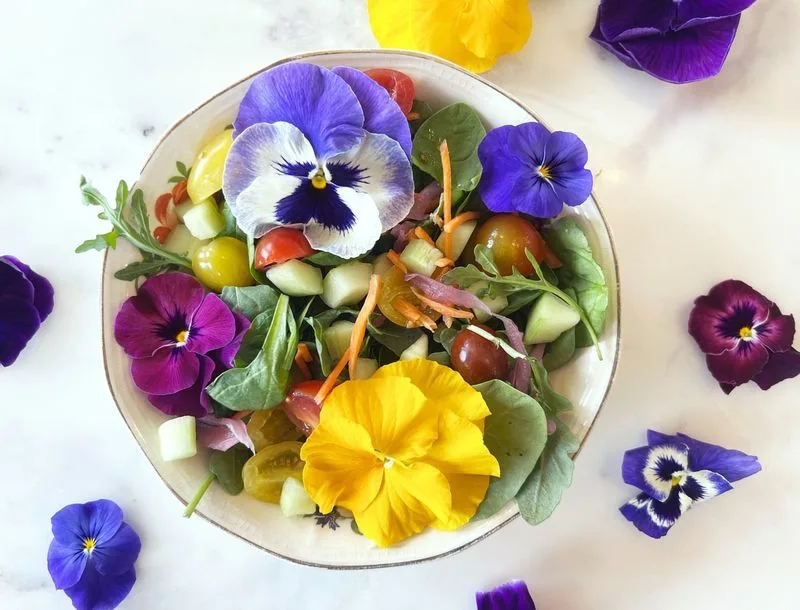
Pansies are nature’s way of painting a smile across your garden. These colorful blooms, available in every shade imaginable, not only decorate your space but also bring a mild, minty flavor to your dishes.
They can be crystallized for a sweet treat or scattered fresh over salads. Each pansy seems to possess its own personality, encouraging gardeners and chefs alike to experiment with its versatile uses. Their playful appearance and gentle flavor make them a lovely addition to any edible garden.
Calendula
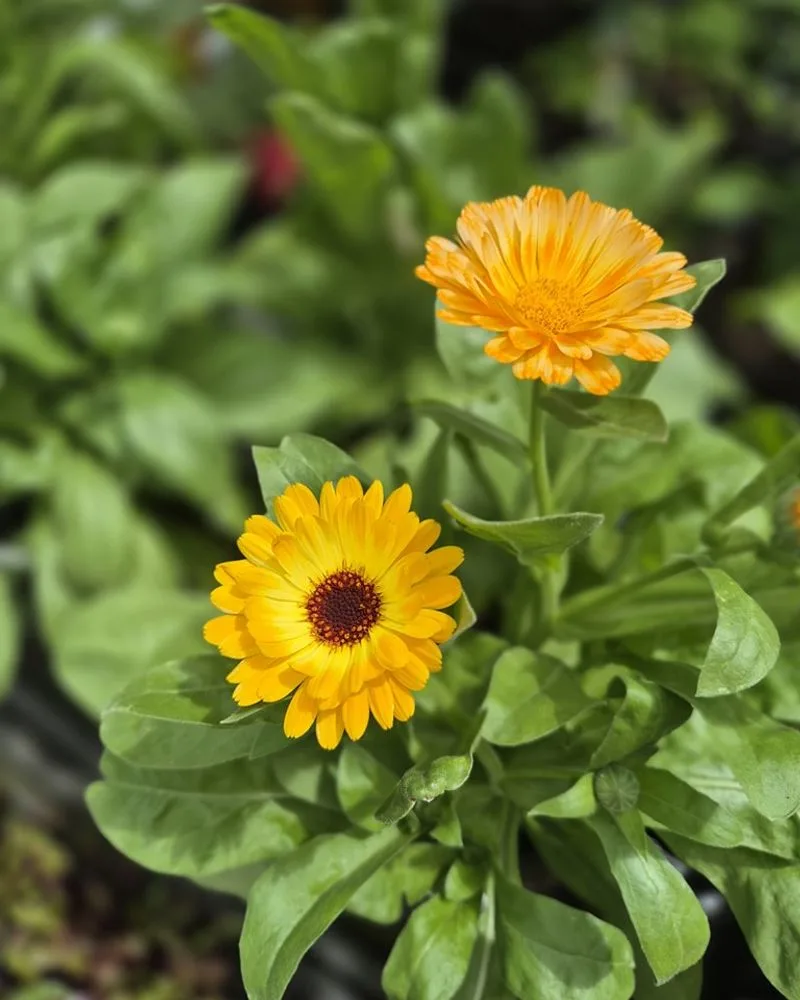
Calendula, often known as pot marigold, is the sunshine incarnate in the plant world. Its vivid orange and yellow blooms add a splash of color to gardens and plates alike. The petals have a slightly bitter taste and are commonly used as a saffron substitute.
Beyond their culinary use, calendula is cherished for its soothing skin properties, often found in balms and lotions. This dual-purpose plant is perfect for those who appreciate beauty and functionality. Its cheerful blooms are sure to brighten any space.
Lavender
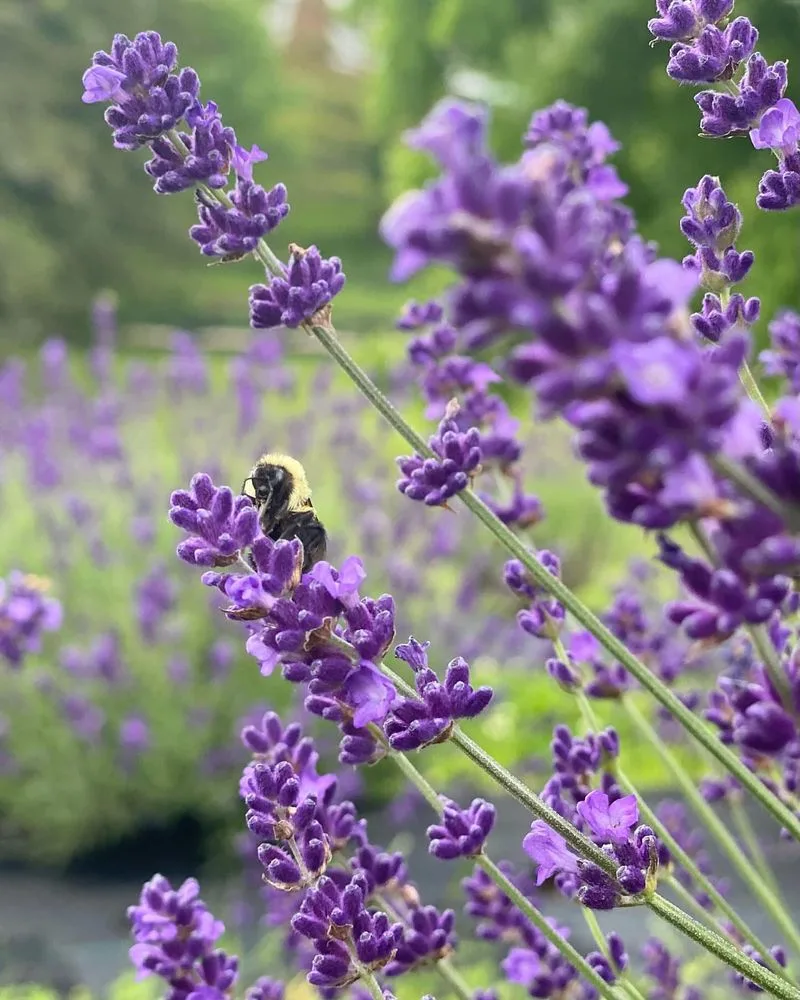
Lavender is often associated with calm and relaxation, its scent a staple in aromatherapy. But these purple blooms also hold a sweet, floral flavor that enhances both sweet and savory dishes.
Whether used in baking, infused into lemonade, or added to roasted meats, lavender offers versatility beyond its aromatic appeal. Its elegant stalks and soothing colors make it a favorite in ornamental gardens, promising both beauty and a touch of culinary surprise.
Rosemary Blossoms
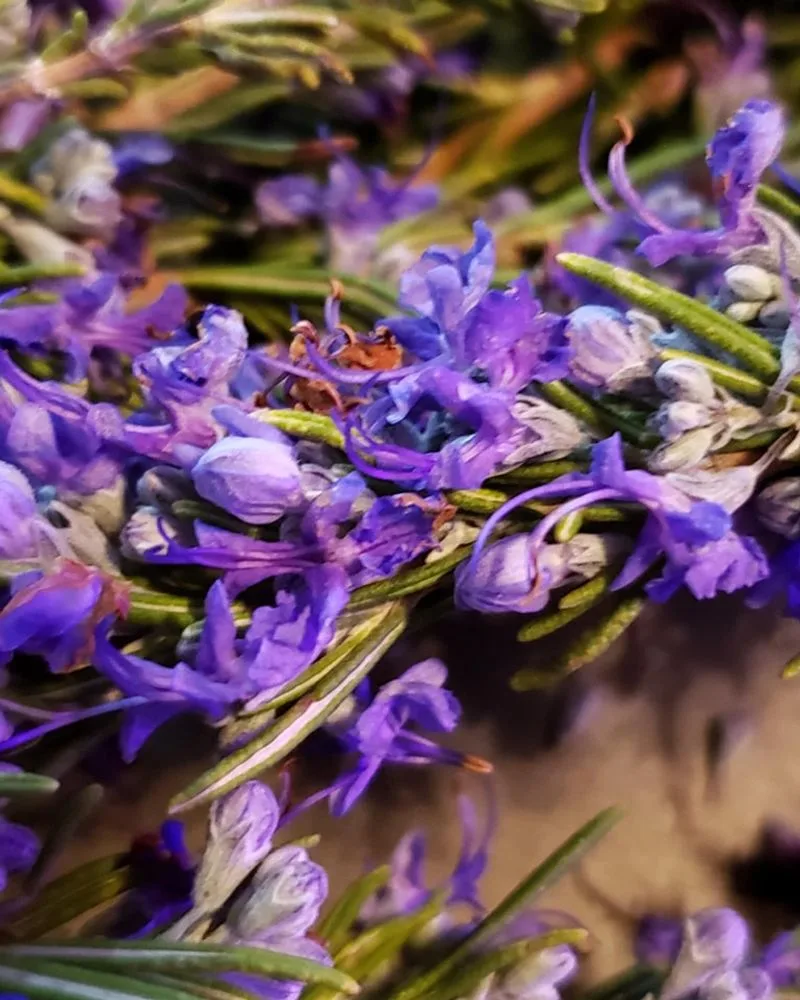
Rosemary’s aromatic leaves are a kitchen staple, but its tiny blue blossoms deserve just as much attention. They offer a milder version of the herb’s signature pine-like flavor, adding a subtle touch to dishes.
Sprinkle these blossoms over roasted vegetables or incorporate them into bread dough for an unexpected twist. In the garden, rosemary blooms provide both visual and aromatic enjoyment, proving that this hardy plant is as versatile as it is pretty.
Daylilies
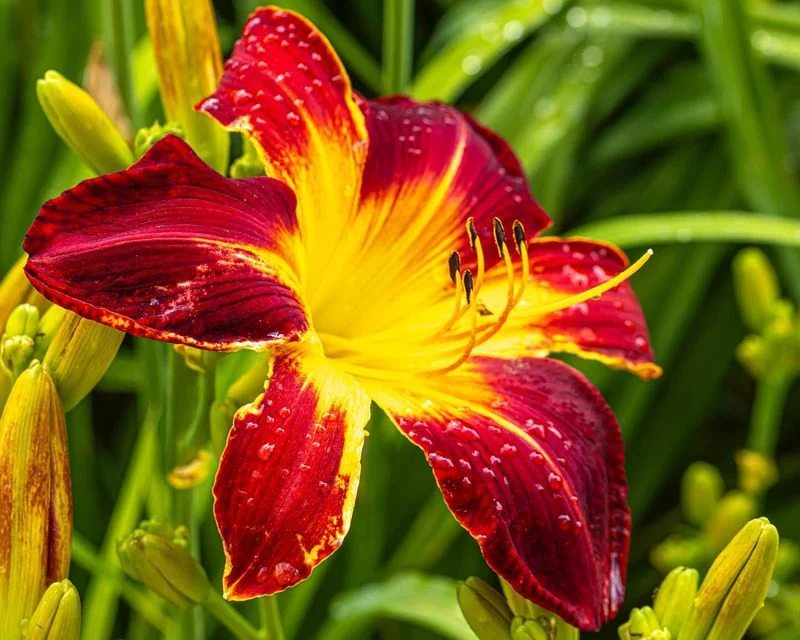
Daylilies, with their bold orange blooms, are a striking sight in any landscape. Surprisingly, they offer a crunchy texture and sweet flavor in their buds and petals, making them a unique addition to stir-fries and salads.
Their beauty is short-lived, as each bloom lasts only a day, but their impact is memorable. Daylilies have been enjoyed in culinary traditions around the world, celebrated for both their aesthetic and edible appeal.
Fennel
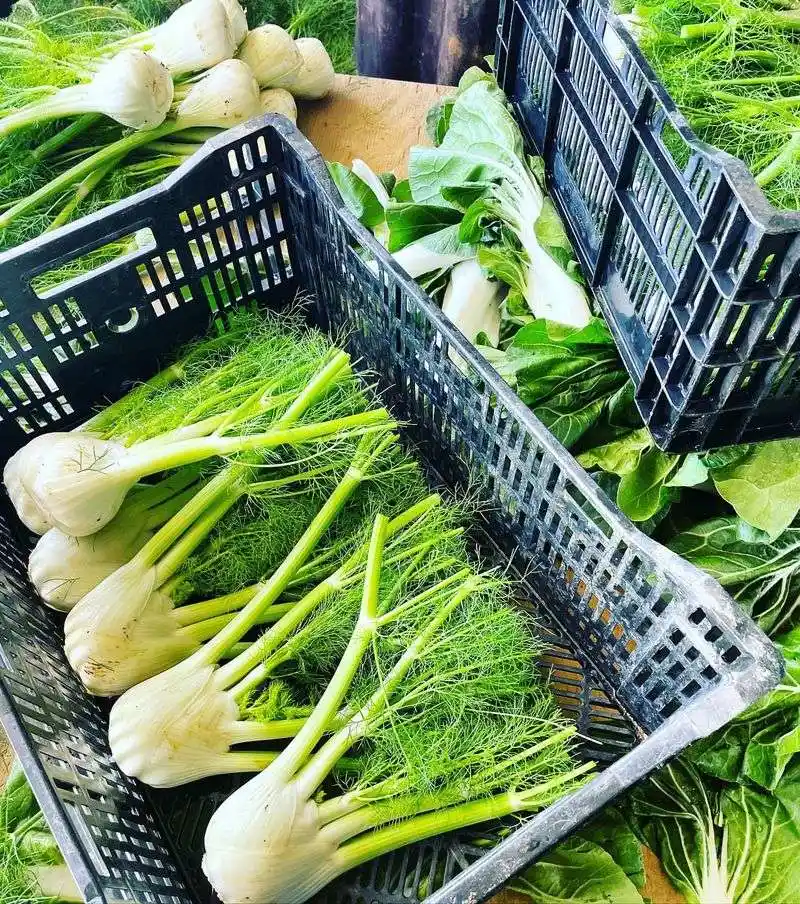
Fennel’s feathery leaves and yellow blooms offer a visual treat, while its anise-like flavor enhances a variety of dishes. The entire plant is edible, from bulb to flower, providing a crunchy texture and sweet taste.
Often used in Mediterranean and Asian cuisines, fennel pairs well with fish and roasted meats. In the garden, its tall stalks and delicate flowers create an elegant display, proving that beauty and utility can indeed go hand in hand.
Artichoke
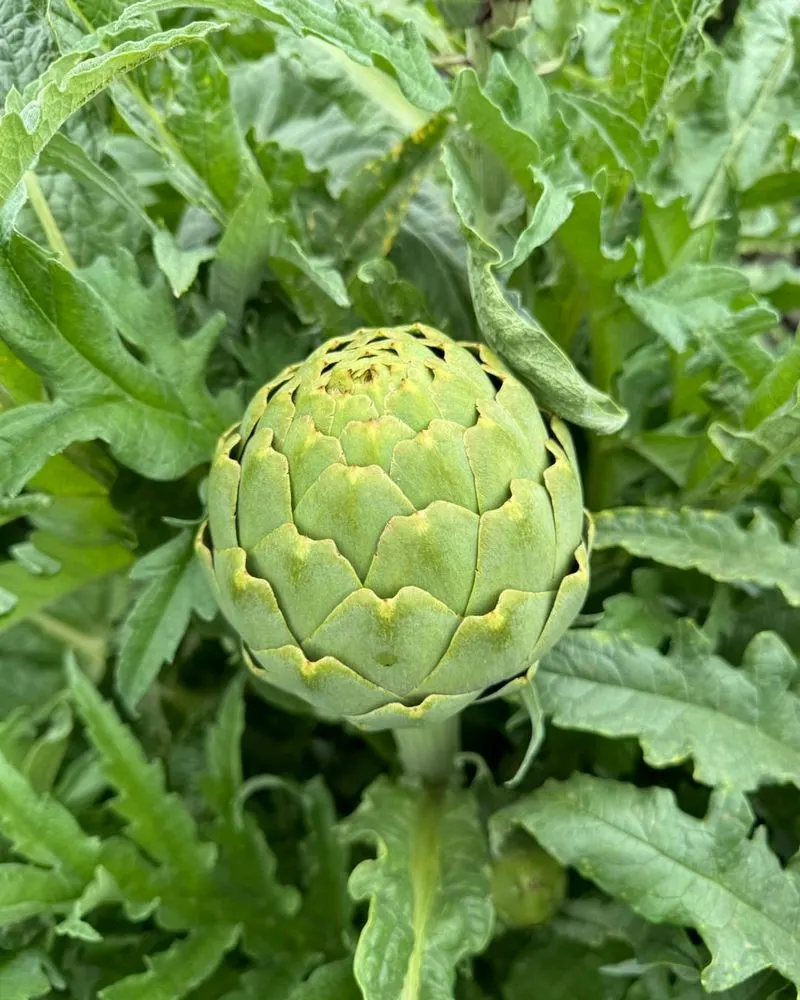
Artichokes are a garden’s architectural wonder, boasting large, spiky leaves and sturdy stems. The unopened flower bud is where the magic happens, offering a nutty flavor that transforms dishes.
Steamed, grilled, or stuffed, artichokes invite culinary creativity. Beyond the kitchen, their unique silhouettes add a dramatic touch to any garden, proving that functionality can be as visually compelling as it is delicious.
Bee Balm
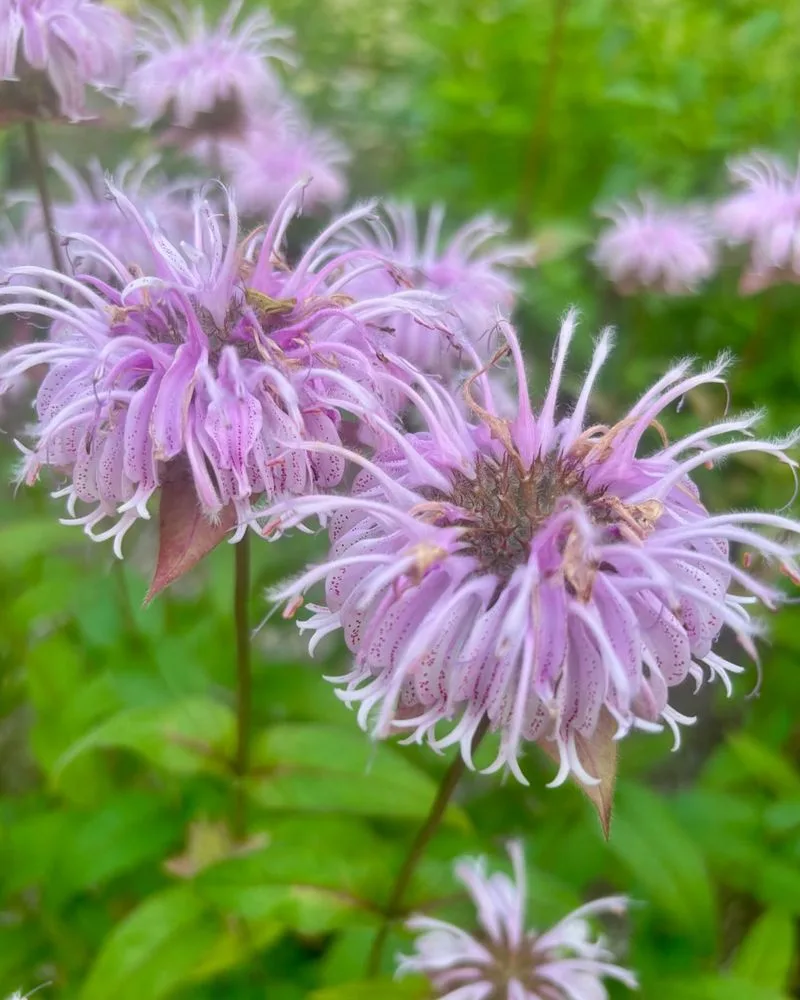
Bee balm, with its wild and unruly blooms, is a favorite among pollinators and plant enthusiasts alike. Its flowers, bursting in shades of pink and red, offer a sweet, citrusy flavor perfect for teas and salads.
More than just a pretty face, bee balm has been valued for its medicinal properties, adding another layer of usefulness to its repertoire. Its presence in the garden not only attracts bees but also provides visual and culinary delight.
Hibiscus
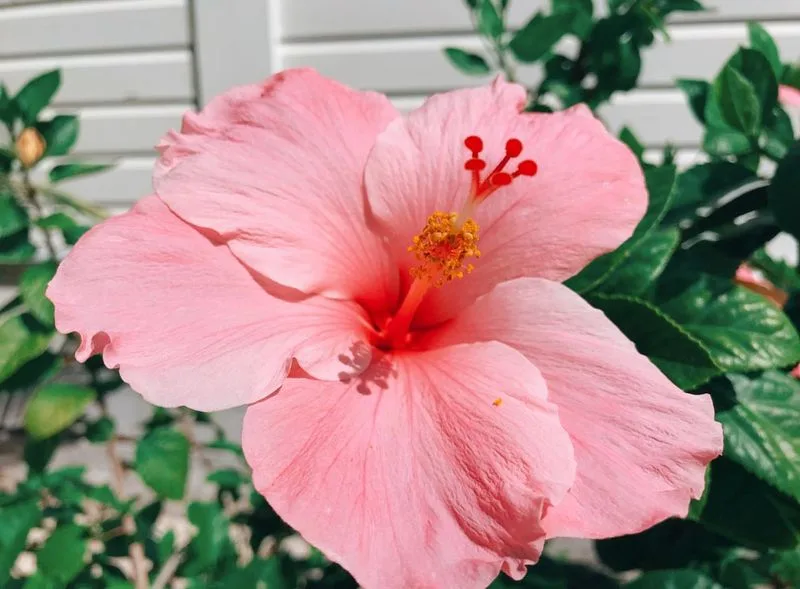
Hibiscus flowers stand as tropical giants in the plant world, their large, vivid blooms impossible to ignore. Known for their tart, cranberry-like flavor, they’re popular in teas and syrups.
These flowers are celebrated for their potential health benefits, adding a nutritious punch to their beauty. In warm climates, hibiscus plants create a sense of paradise, offering both visual splendor and edible enjoyment.
Squash Blossoms
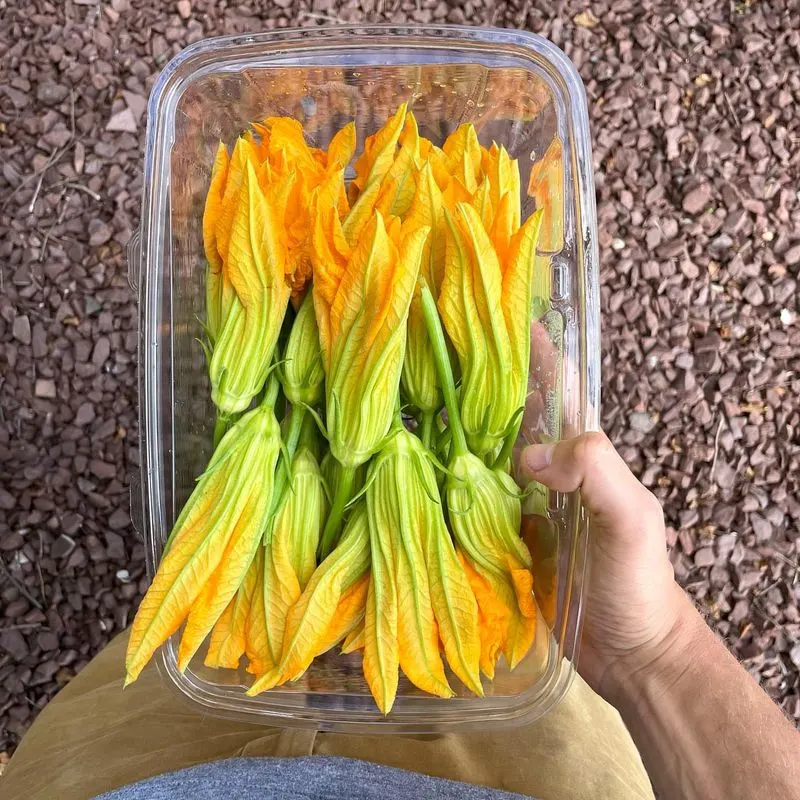
Squash blossoms, with their sunny yellow hue, are a delightful surprise in the garden. These delicate flowers have a mild, slightly sweet flavor, perfect for stuffing with cheese or adding to pastas.
Their fragile nature requires a gentle touch, but the reward is worth it. Each blossom is an invitation to experiment in the kitchen, proving that beauty and flavor can come in the most delicate of packages.
Purple Basil
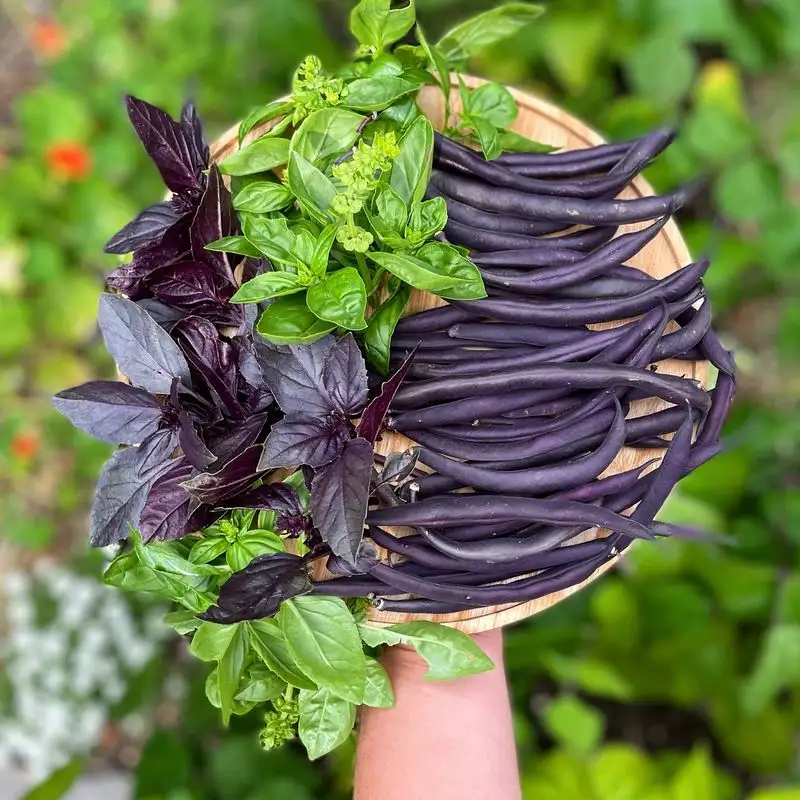
Purple basil, with its deep, rich color, is the dramatic cousin in the basil family. Its bold hue adds a splash of sophistication to any garden or plate, while its flavor lends itself to a variety of culinary applications.
Whether used fresh in salads or as a garnish for cocktails, purple basil offers a unique twist on the classic herb. Its ornamental and culinary appeal makes it a standout choice for those looking to spice up their gardening and cooking repertoire.

